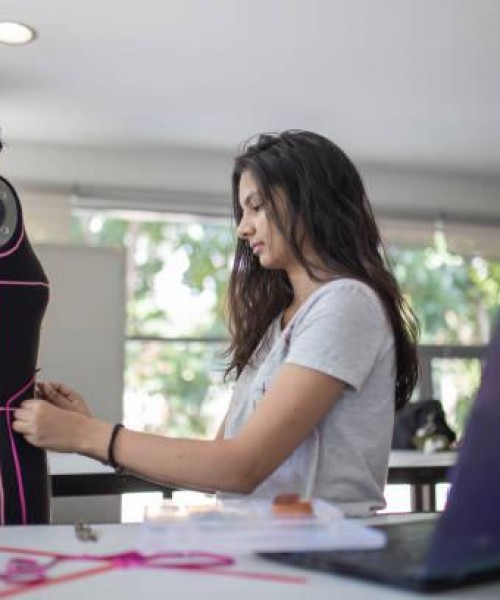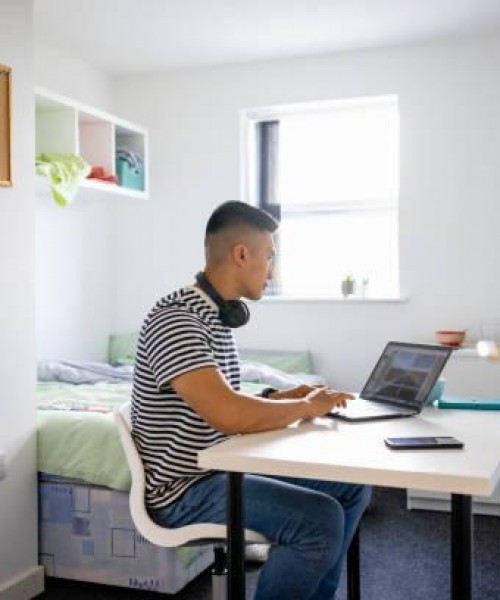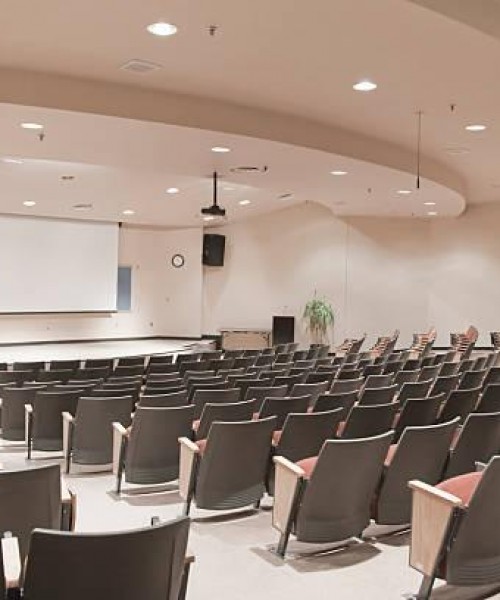虽然承认DL继续通过多样化的媒体,和在线交付只是其中的一个方法,交互技术近年来的风潮已经与此同时培养新方法产生的发展(社会)建构主义方法,并围绕这些发展的问题,特别是一些方式在DL将建构主义理想可以实现这个任务的重点。DL的显著特点之一是,它使学习时间和地点独立,成人学习者能够安排学习日常例程没有限制。这时代的各种各样的教学(和其他)技术存在促进远程教育教师和学习者是在空间上分开和网络媒体是用来跨越的教育差距。技术先进,所以DL的定义已经改变,录像讲座是交付的标准形式在大学课程/专业DL在1990年代和1980年代(1998年摩尔和Lockee)和该模型的时空分离一直持续到互联网,电子邮件和压缩视频DL搬进新方向,允许它发生在实时。持续的技术发展:聊天室,wiki,论坛,博客,视频会议继续减少DL的距离随着社交媒体技术使得通过合作参与的增加。Web 2.0工具的使用加速了采用双向、同步、协同学习经历开始取代自顶向下,单向教学模式。这些变化已经导致了许多评论员认为DL需要一个新的定性不同教育学建立在这个新兴的教师和学习者之间的关系。虚拟课堂教学注意事项必须认识到,拥有一种独特的社会互动环境,尽管技术可能被视为变革,他们不能,自己,把学习经验和教育工作者必须明白“远程教育是关于创建一个不同的结构学习和教学中,不使用技术”
美国结构学论文代写:多样化的媒体
While it is acknowledged that DL continues to take place through diverse media, and that online delivery is just one of these methods, the groundswell in interactive technologies in recent years has concomitantly fostered the development of new methodologies which engender (social) constructivist approaches, and it is the issues which surround these developments, and in particular some of the ways in which constructivist ideals can be realised in DL that will be the focus of this assignment. One of the salient features of DL is that it enables learning to be time and place independent, adult learners are able to arrange learning around their everyday routines without being constrained. In the age of IT a diverse range of teaching (and other) technologies exist to facilitate distance education where instructor and learner are spatially separated and online media are used to span the educational gap. As technology has advanced, so the definition of DL has changed, videotaped lectures were the standard form of delivery in university/professional DL courses in the 1980s and 1990s (Moore and Lockee, 1998) and this model of spatial and temporal separation continued until the Internet, email and compressed video moved DL into new directions and allowed it to occur in real-time. Ongoing technological developments: chat rooms, wikis, discussion boards, weblogs and videoconferencing have continued to reduce the distance in DL as social media technologies have enabled an increase in engagement through collaboration. The use of Web 2.0 tools has accelerated the adoption of two-way, synchronous, collaborative e-learning experiences that are beginning to replace the top-down, unidirectional instructional model. These changes have led many commentators to suggest that DL requires a new, qualitatively different pedagogy built upon this emerging relationship between instructors and learners. Pedagogical considerations must recognise that the virtual classroom possesses a distinctive social-interaction context and that, although technologies may be considered transformative, they cannot, of themselves, transform the learning experience and educators must understand that "distance education is really about creating a different kind of structure for learning and teaching, not the use of technology"









